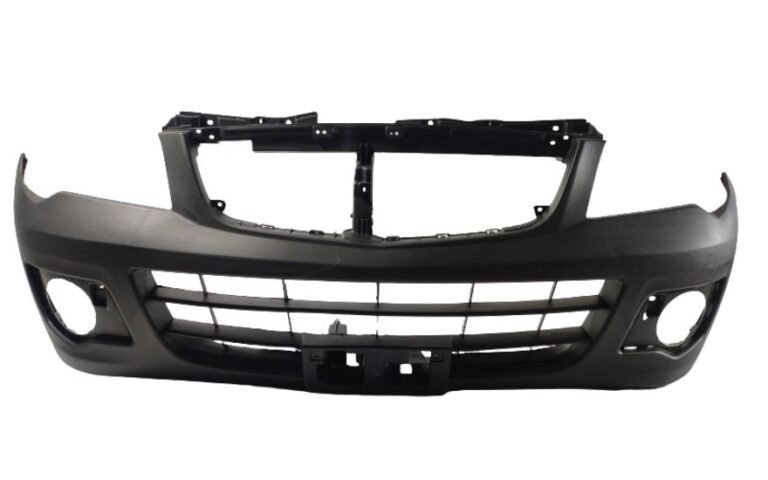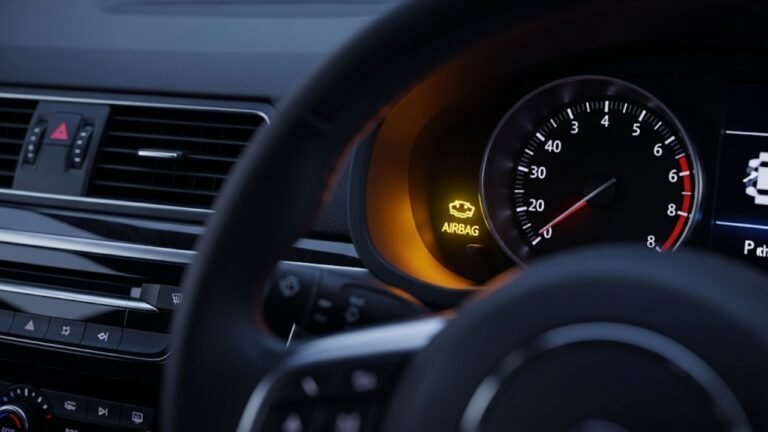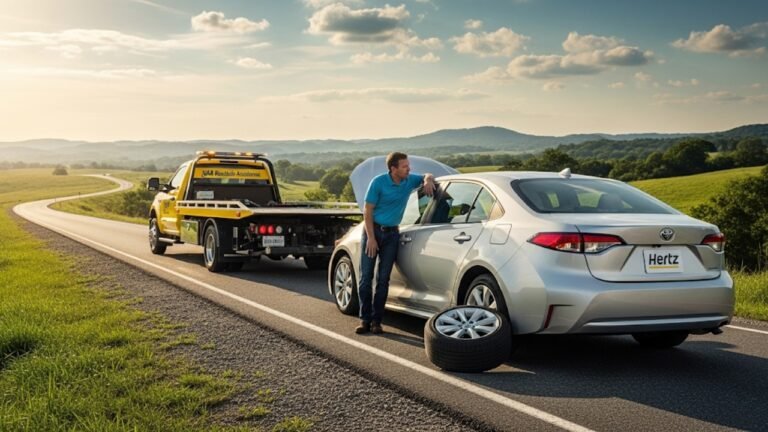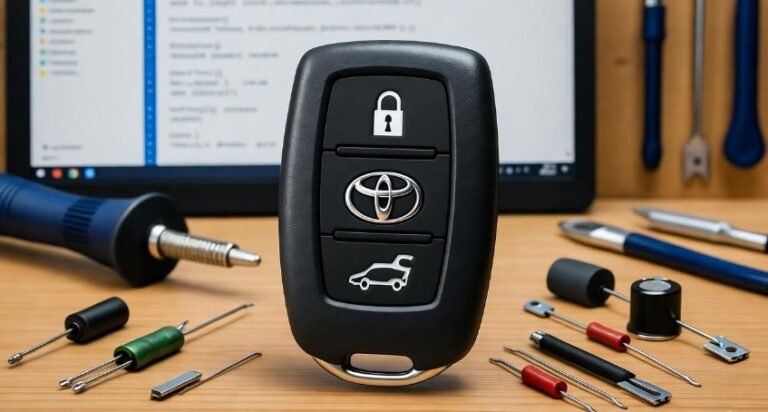How Does Car Towing Work? A Friendly Guide
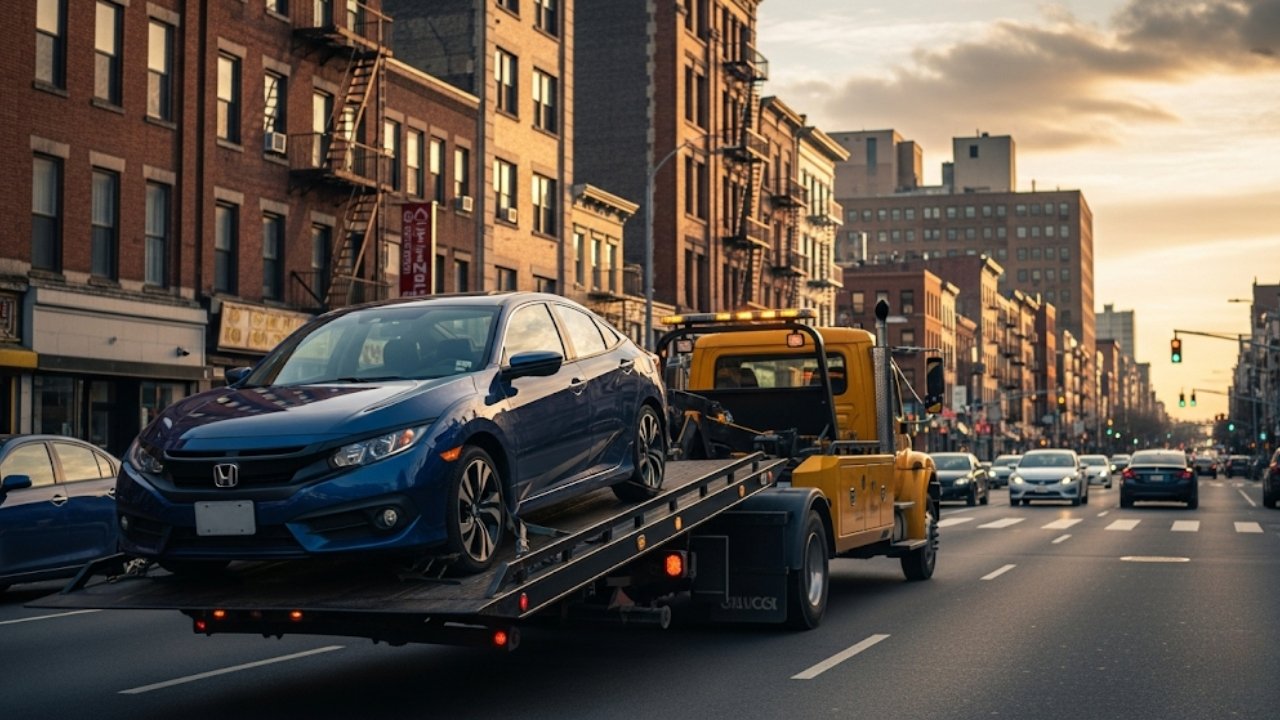
It was a chilly Monday morning when my car broke down in the middle of nowhere. I had no idea how car towing works, nor what to expect. I sat there, staring at my dashboard, trying to Google “how does car towing work” with a barely alive phone. Eventually, I called a local towing company—and that’s when the learning really began.
Towing can feel like a mystery if you’ve never dealt with it. Is it just hooking up a vehicle and driving away? Not quite. There’s real technique, technology, and safety involved. In this guide, I’ll walk you through how towing works, the types of tow trucks, what happens behind the scenes, and what to expect when it’s your turn to call for help.
So buckle up! Let’s break it down together.
What Exactly Is Car Towing?
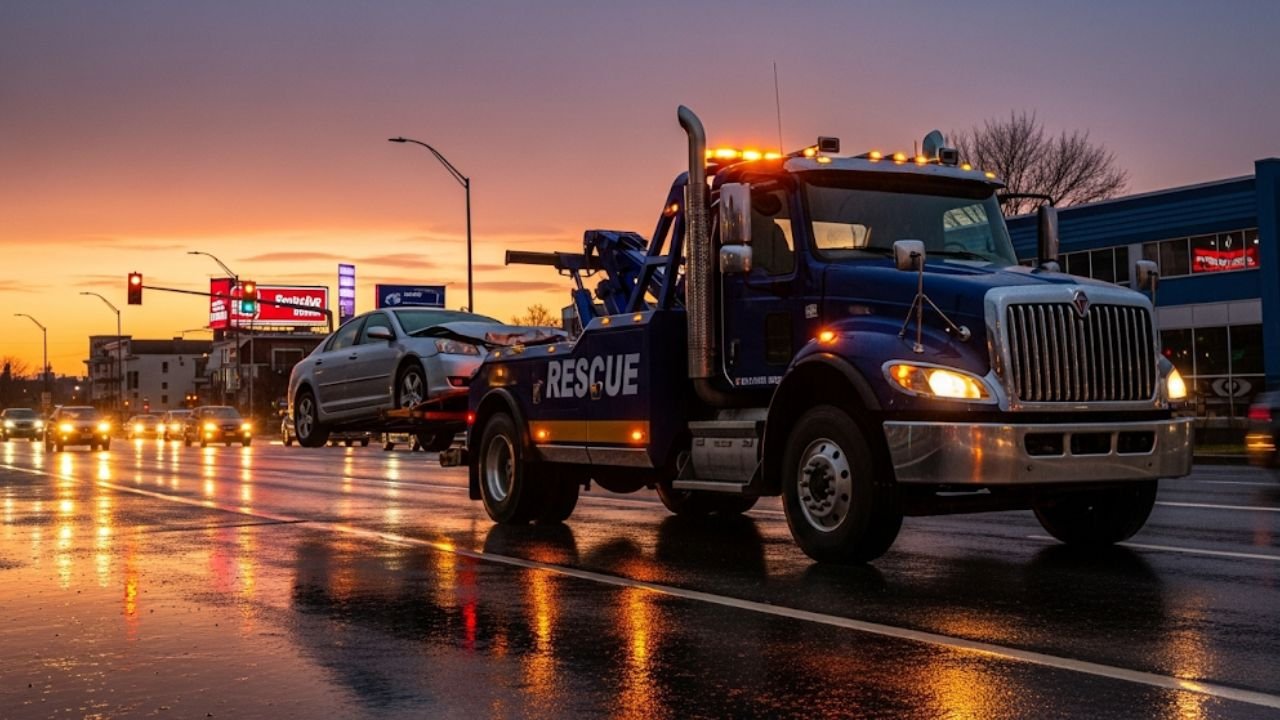
Imagine your car is a tired marathon runner—it can’t make it to the finish line. The towing truck is like a helpful coach who carries them across. Whether you’re broken down, illegally parked, or stuck in mud, a tow truck is there to save the day.
Towing services are essential in modern life. Cities rely on them to manage traffic. Drivers depend on them during breakdowns. And auto shops use them to bring cars in for repairs. So, how does car towing work in all these cases?
Well, it starts with understanding the different kinds of tow trucks and when they’re used.
The Different Types of Tow Trucks: Which One Comes for You?
There isn’t a one-size-fits-all when it comes to tow trucks. Based on your car’s situation, the company will choose the right truck for the job.
Here’s a breakdown:
| Tow Truck Type | How It Works | When It’s Used |
|---|---|---|
| Flatbed Truck | A flat surface tilts, and the car is winched onto it. | Best for long distances, luxury cars, or severe damage. |
| Hook and Chain | Chains hook onto the car and lift it partially off the ground. | Rarely used now—can damage cars. |
| Wheel-Lift Tow | A metal yoke lifts the front or rear wheels. | Common for quick jobs and roadside pickups. |
| Integrated Tow Truck | Heavy-duty design with extra axles and controls. | Used for large vehicles like buses or semis. |
From this table, you can see that how towing works depends on the vehicle type, condition, and location. A dead engine in a luxury sedan? You’ll likely get a flatbed. Illegally parked in a compact car? Wheel-lift might do the job.
How Does Car Towing Work, Technically Speaking?
Alright, let’s get into the nitty-gritty. You might be surprised at how detailed and careful the process really is.
-
Assessment First: When you call, the dispatcher asks questions: What’s the make and model? Is it stuck in mud? Front-wheel or rear-wheel drive? This info determines the right truck and equipment.
-
Hooking Up: When the truck arrives, the operator secures your car. This could mean strapping it onto a flatbed or lifting it with a yoke or chains. Every part needs to be balanced to avoid damage.
-
Weight Distribution: This is critical. Tow operators understand vehicle dynamics. If the weight isn’t balanced right, it could shift during transit or damage the transmission.
-
Safety Checks: Brake lights? Working. Straps? Tight. Tires? Inflated. Good operators take time to do it right before hitting the road.
-
Transport: Once everything’s secure, your car is moved to your chosen location or a designated impound lot. Most towing services also provide updates en route.
So, how does car towing work from a technical view? It’s all about precision, balance, and control.
Common Tools Towing Professionals Use
Have you ever peeked inside a tow truck? It’s a toolbox on wheels.
Here’s a quick look at the tools they often carry:
-
Winches: Pulls your car up a slope or onto a flatbed.
-
Tow Straps & Chains: Secure the car to the truck.
-
Wheel dollies: Small wheels that help move non-drivable cars.
-
Jump-starters: Some tow techs can get your car going again.
-
Jacks & Wrenches: For tire changes or minor roadside repairs.
-
Lockout Kits: If you locked your keys in the car (yep, it happens a lot).
These tools show just how versatile towing professionals have to be. They’re like roadside superheroes!
How Much Does Towing Typically Cost?
Let’s be honest—no one wants to pay for towing. But knowing the costs can help ease the sting.
Here’s a quick estimate:
| Type of Tow | Average Cost |
|---|---|
| Flatbed (Local) | $75 – $125 |
| Wheel-Lift (Short Distance) | $50 – $100 |
| Long-Distance Tow (Per Mile) | $2 – $4 per mile |
| Emergency/After Hours | +$25 to $100 extra |
So if you’re wondering how does car towing work financially, it varies based on distance, vehicle type, and time of day. Some insurance plans or roadside assistance programs (like AAA) cover towing up to a certain distance.
⏱️ How Long Does It Take for a Tow Truck to Arrive?
We’ve all been there—standing by the road, glancing at the clock, wondering if help is ever coming.
The truth? It depends.
-
City Areas: 15–30 minutes on average.
-
Suburbs: 30–60 minutes.
-
Rural Areas: Could be over an hour, especially in bad weather.
During high-demand times—like snowstorms or rush hour—you might wait longer. But professional towing companies try to dispatch help fast. GPS tracking and live updates are now common, so you’ll know when they’re close.
♂️ What You Should Do While Waiting
While your car is waiting for the tow truck, your safety comes first.
Here’s what you should do:
-
Move your car (if possible) to the side of the road.
-
Turn on hazard lights to alert other drivers.
-
Stay inside the car if it’s safe—or move far off the road if not.
-
Don’t try to fix major issues unless you’re trained.
-
Keep your phone handy for updates from the towing company.
Being calm and prepared can make a stressful situation feel manageable.
Emergency Situations: Accidents and Impound Tows
There’s regular towing… and then there’s emergency towing. These are very different.
Accident Tows:
If you’re in a crash, police often call a contracted towing company. Your car might be taken to an impound or a collision repair center. Sometimes, you’ll need to authorize the tow on the scene.
Impound Tows:
These happen when you’re parked illegally or blocking traffic. It’s frustrating, but the process is very official. If you’re towed, expect to pay release fees, storage charges, and possibly fines from the city.
So again, how does car towing work when it’s not your choice? With a lot of paperwork, rules, and expenses.
Quick Recap Before We Move On:
Let’s summarize what we’ve covered so far:
-
Car towing involves more than just dragging a vehicle—it’s a technical and precise process.
-
There are different types of tow trucks for different scenarios.
-
Costs vary depending on distance, vehicle, and timing.
-
Your safety while waiting for a tow is top priority.
-
Emergency or impound towing comes with extra rules and fees.
Common Myths About Car Towing (And the Truth Behind Them)
Let’s clear the air. A lot of people think they know how car towing works, but some of what’s out there is just plain wrong. I’ve been there—arguing with a friend over whether towing damages the transmission. So let’s bust some of these myths.
Myth 1: “Towing Always Damages Your Car”
Truth: Not true—if done right. Professional towing companies use the proper tools, such as wheel lifts and flatbeds, to protect your car. Damage only happens if someone skips steps or uses the wrong truck for your vehicle type.
Myth 2: “Any Car Can Be Towed the Same Way”
Truth: Nope. Whether your car is front-wheel, rear-wheel, AWD, or 4WD affects how it’s towed. Towing a 4WD vehicle incorrectly can cause serious mechanical damage. That’s why dispatchers ask what kind of drive you have.
Myth 3: “It’s Cheaper to Call a Local Guy”
Truth: Sometimes… but not always. Informal towing might skip safety checks or lack insurance. If something goes wrong, guess who’s stuck with the bill? Better to go with a certified operator—even if it’s a few bucks more.
Knowing the truth helps you stay calm when you need help and ensures you ask the right questions.
️ Roadside Assistance vs. Towing: What’s the Difference?
A lot of people confuse roadside assistance with towing. While they’re often part of the same service, they’re not exactly the same.
Let’s break it down:
| Feature | Roadside Assistance | Towing |
|---|---|---|
| Purpose | Help you fix minor issues on the spot | Move your vehicle to another location |
| Common Services | Jump-starts, tire changes, fuel delivery, lockouts | Flatbed or wheel-lift transport |
| Requires a Truck? | Sometimes, but not always | Always |
| Can Get You Driving Again? | Yes | No (only moves the car) |
If your car just needs a jump or you ran out of gas, roadside assistance is enough. But if the engine’s blown or you’re stuck off-road, you’ll need a full tow truck.
It’s good to know what to ask for so you’re not paying for services you don’t need.
How Does Insurance Work With Towing?
This one’s tricky—and I learned it the hard way.
A few years ago, I assumed my car insurance covered towing, only to discover it didn’t… after I’d already paid $180 out of pocket.
Here’s what you need to know:
✅ When Insurance Might Cover Towing:
-
You’ve added roadside assistance to your policy.
-
You were in an accident and towing is required for repairs.
-
You’re under a warranty or dealership service plan.
❌ When It Might Not:
-
If the tow wasn’t approved ahead of time.
-
If you went over the mileage limit (some plans only cover 15 miles).
-
If you chose your own towing company instead of their network provider.
Tip: Call your insurance provider today and ask what’s covered. It’s better to know now than in the middle of an emergency.
How to Avoid Getting Your Car Towed in the First Place
Let’s be real—towing is sometimes avoidable. And while breakdowns happen, there are steps you can take to reduce the chances of needing a tow or getting impounded.
✅ Park Smart:
-
Always check for signs before leaving your car.
-
Avoid loading zones, bus stops, or fire hydrants.
-
Use parking apps to track time and avoid fines.
✅ Maintain Your Car:
-
Regular oil changes and brake checks.
-
Don’t ignore warning lights—they’re your car’s way of saying, “Help me!”
-
Replace worn-out batteries before winter.
✅ Have a Plan:
-
Keep a spare tire and tools.
-
Store an emergency kit in your trunk.
-
Save a trusted towing company’s number in your phone.
The best way to deal with towing is to avoid needing it in the first place!
♀️ Frequently Asked Questions About Car Towing
Here are some of the most common questions people ask about how does car towing work, answered simply:
1. Can towing damage my automatic transmission?
Yes, if done wrong. Towing a front-wheel drive car with its wheels on the ground can harm the transmission. Always make sure the correct method is used.
2. What should I do if my car gets towed?
Call the local police or parking authority. They’ll know where your vehicle was taken. Be prepared to pay towing and storage fees to retrieve it.
3. How long can my car stay at an impound lot?
It varies, but fees increase daily. Most lots charge a base fee and add daily storage charges after 24 hours.
4. Can I ride with the tow truck driver?
Usually, yes—but it depends on the company and local regulations. Some allow passengers in the cab; others may call a separate ride for safety.
5. Is tipping a tow truck driver expected?
It’s not required, but it’s appreciated. A $5–$20 tip for quick or difficult service is a kind gesture.
Final Thoughts: Why Knowing This Matters
I used to think of towing as something that just “happens.” Like, you break down, a truck comes, problem solved.
But after going through it myself, I realized it’s a well-orchestrated process that mixes skill, science, and service. Understanding how does car towing work gives you power. It helps you stay calm, ask the right questions, and avoid being taken advantage of.
Whether it’s a rainy night breakdown or a wrongly parked situation, knowing the ins and outs of towing can turn a stressful event into a manageable one.
Remember, cars are replaceable—but your peace of mind isn’t.

